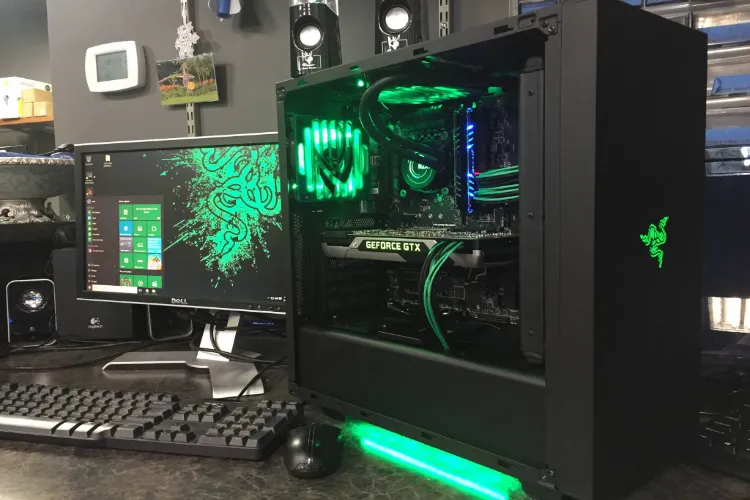
New Delhi/Siddharth N
Assembling your computer may be easier than you thought. It is a better idea than looking for a prebuilt computer.
It saves your time and money in the following ways:
You can buy parts that cater to your personal and professional needs.
Since you have the option to research and list your components, you can cut costs according to your priorities.
You can also select a power supply and casing for your computer based on the size of your components and save on your power bills.
Key components:
Motherboard
Your first step should be to pick a motherboard, the heart and mind of a computer. It decides what CPU (central processing unit) and casing you can use for your system. Furthermore, selecting the right motherboard will also provide you with utilities such as extra USB slots, headphone and microphone jacks, HDMI and VGA ports to connect to multiple monitors at once, and other supporting ports for external hardware.
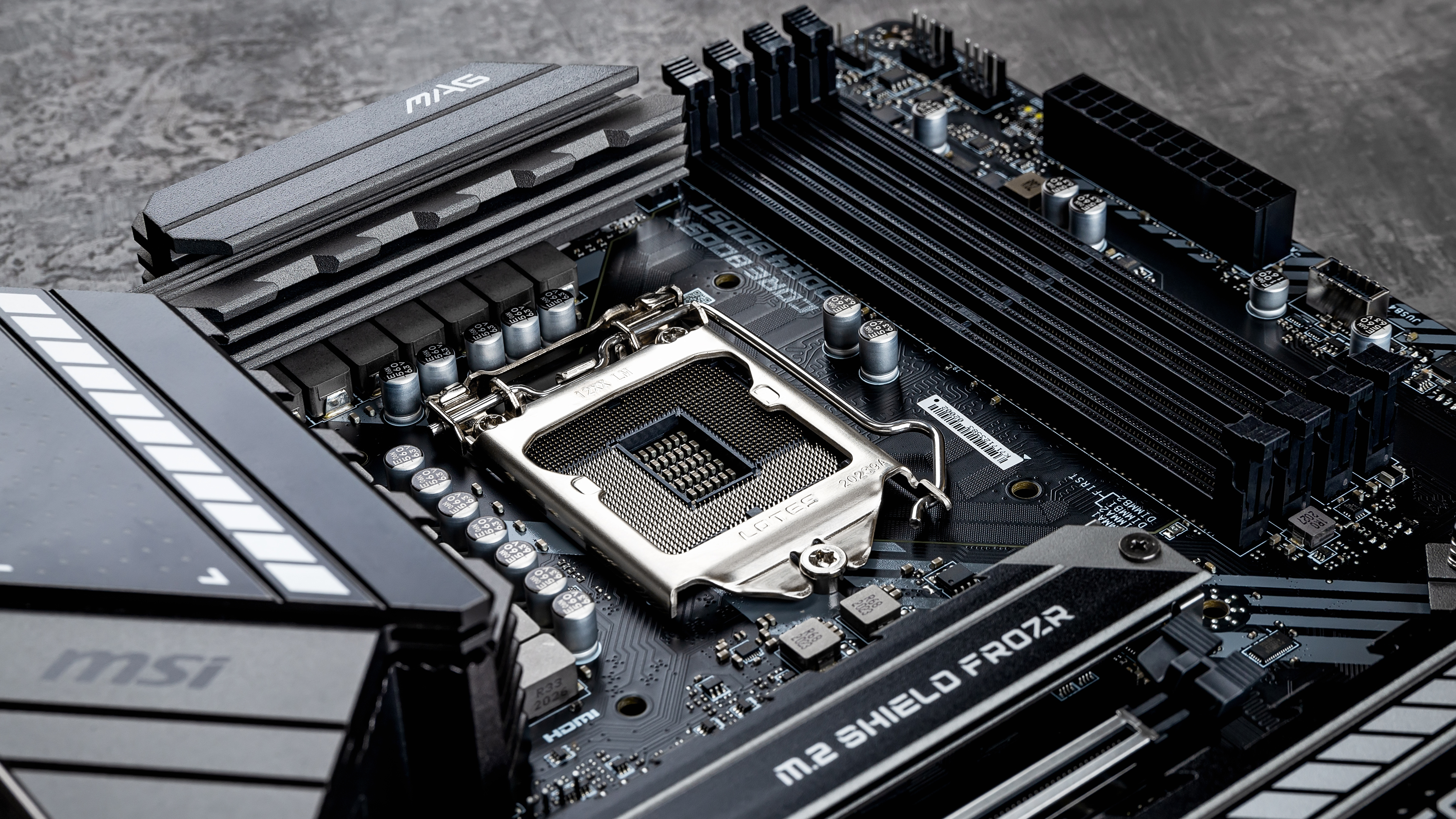 A motherboard
A motherboard
Make sure that your motherboard has a WiFi card and the Ethernet ports for internet connections. Otherwise, you may have to shop for PCIe cards or USB adapters.
After this step, you should ideally make a list of all the other components you will be using to select the right case for your PC.
CPU
Your CPU is responsible for all the tasks that the computer does. The CPU receives commands from your computer’s memory and executes them. If your tasks are heavy, like video and photo creation, art, or video games, you may want a powerful CPU.
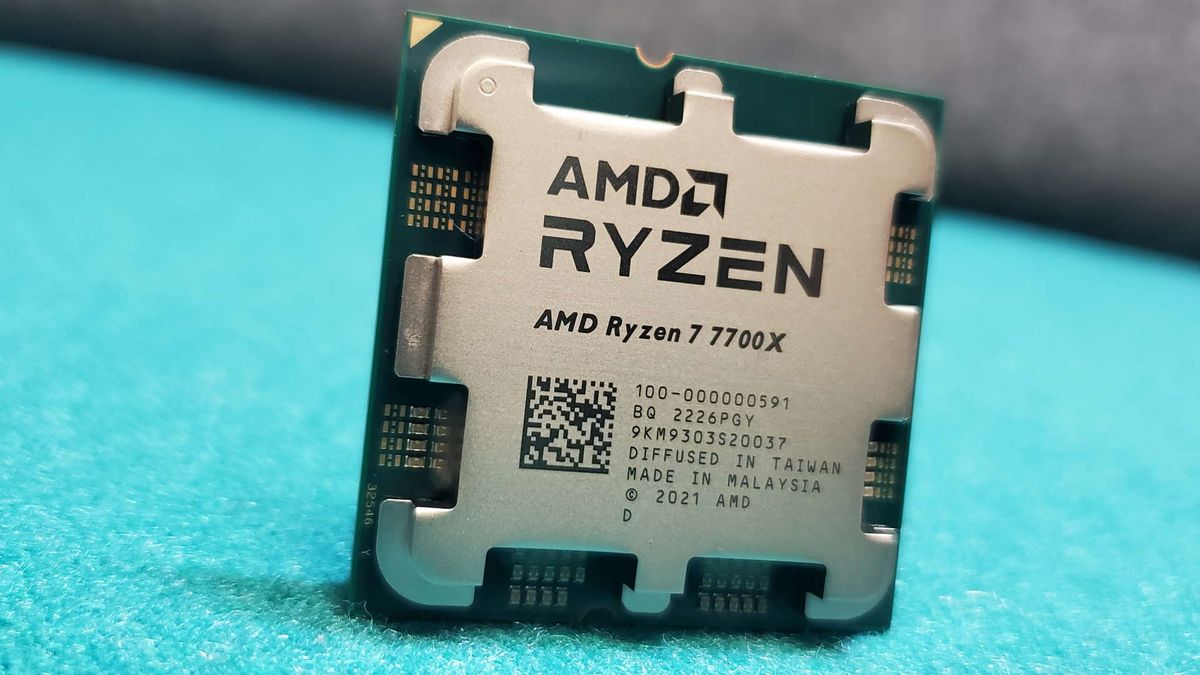 An AMD Ryzen 7 7700X CPU chip
An AMD Ryzen 7 7700X CPU chip
The most relevant options in the market are CPUs in the AMD Ryzen 5000 and 7000 series, and the Intel i5 and i7 series chips.
RAM
Your RAM is responsible for keeping track of and storing all the real-time tasks being executed on your computer. You may have noticed that when you have multiple browser tabs open, your computer slows down. This is because you may be running low on RAM.
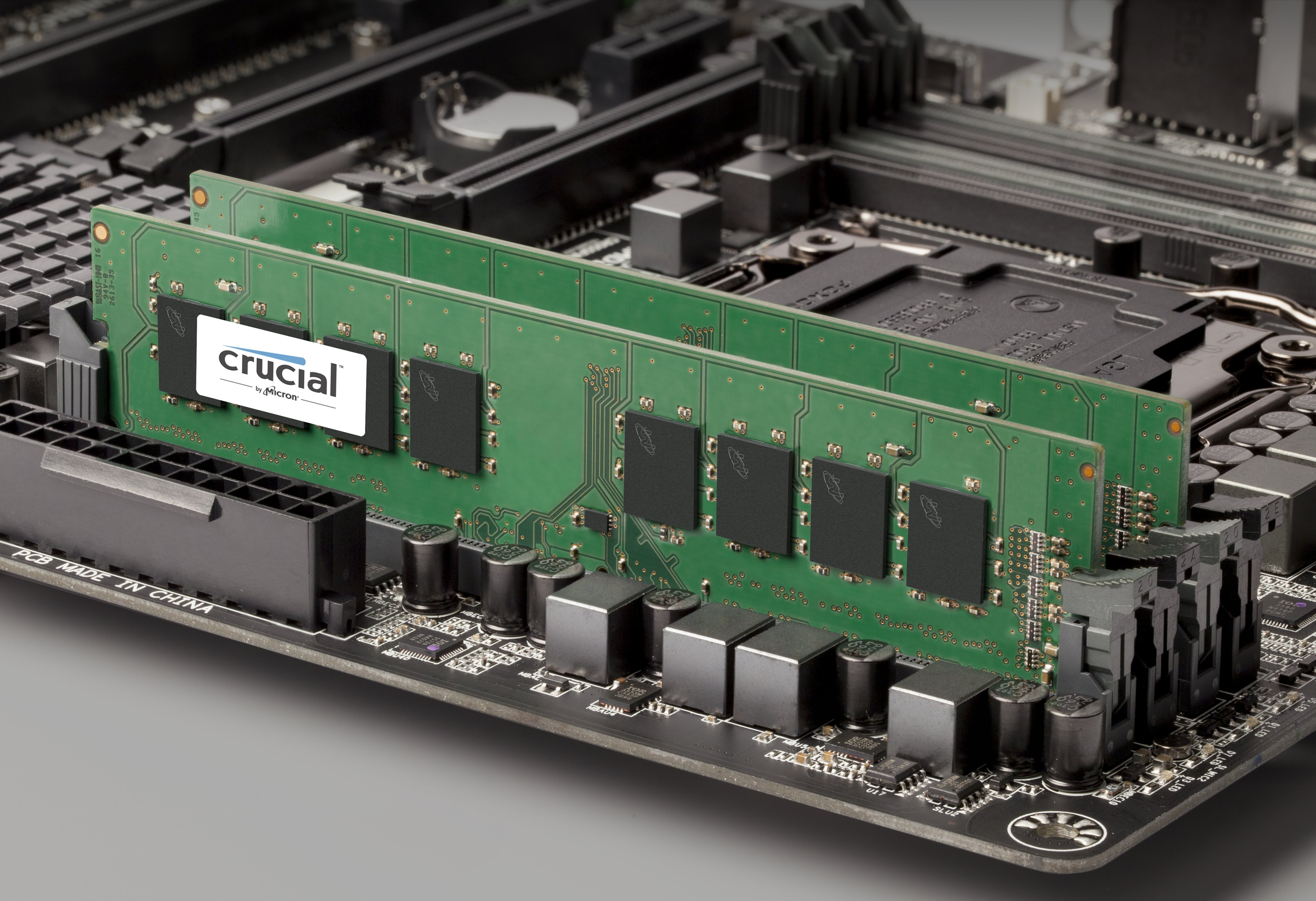 Two Ram chips slotted into a motherboard
Two Ram chips slotted into a motherboard
For this reason, if you multi-task heavily, you can consider having at least 16 GB of RAM, and if you do heavy tasks simultaneously, you may want to consider 32 GB or 64 GB of RAM.
Storage
If you need to store many things on your laptop and need your computer to provide you with these files on demand, it would be recommended to buy an SSD of at least 2 TB. However, if you need more storage without the need for fast speeds, you may consider 6-8 TB hard drives. SSDs of even 2TB can be rather expensive, so it is recommended to opt for them only if you need very fast speeds for professional tasks or video games. If your need is to store movies, music, and documents, HDDs or hard drives will do just as well while cutting back a little on speed.
Graphics Card or GPU
Depending on your CPU, you may already have an internal graphics card without the need for a separate GPU. This may prove useless, however, if your task demands are heavy, such as video production, photo editing, video games, etc.
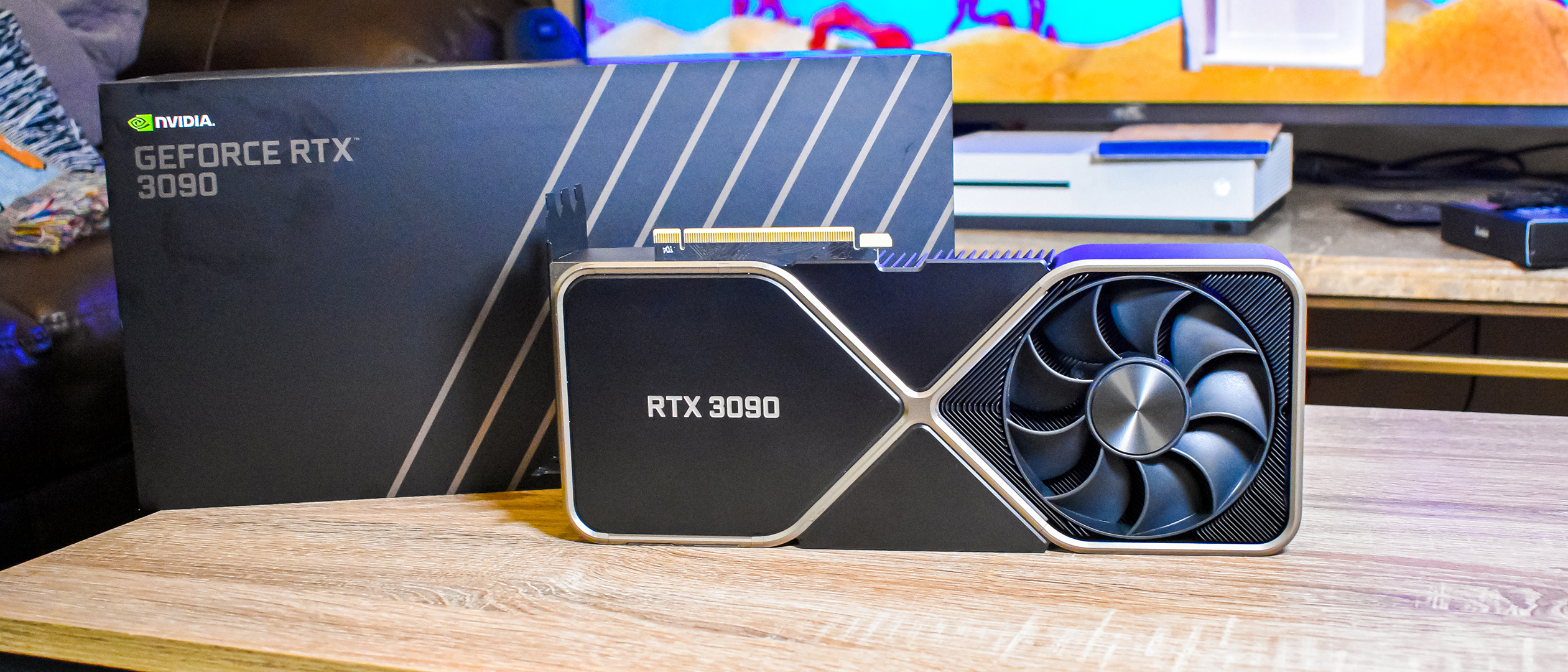 Nvidia RTX 3090 Graphics Card
Nvidia RTX 3090 Graphics Card
So, it is recommended for these tasks to have a good GPU. The current relevant GPUs in the market are the Nvidia RTX series graphics cards and the AMD Radeon RX XT series graphics cards.
Power Supply
Before picking a power supply, it is important to check what the power rating of your components is. If the power supply provides less than what your components need, your PC will severely underperform, or in the worst case, it may not run at all.
Your power supply will also dictate the size of your case to ensure that all components fit in.
We have all the components that will allow the PC to run. We are still missing what would allow the user to operate the computer.
Before this, you must note that with so many power-hungry components and a power supply, your PC will heat up very quickly and potentially damage your expensive components.
Cooling system
There is a plethora of sources on the internet that will tell you the optimal cooling system for your build, but for the least amount of research, just buy some cooling fans that will fit into your casing, and you should be good to go.
Input and Output
Your PC is almost ready to function. Now all you need is something that allows you to do things and see and hear them.
Shop for a keyboard that you like, a mouse, and good-quality headphones or speakers.
Now we arrive at the very last step, the monitor.
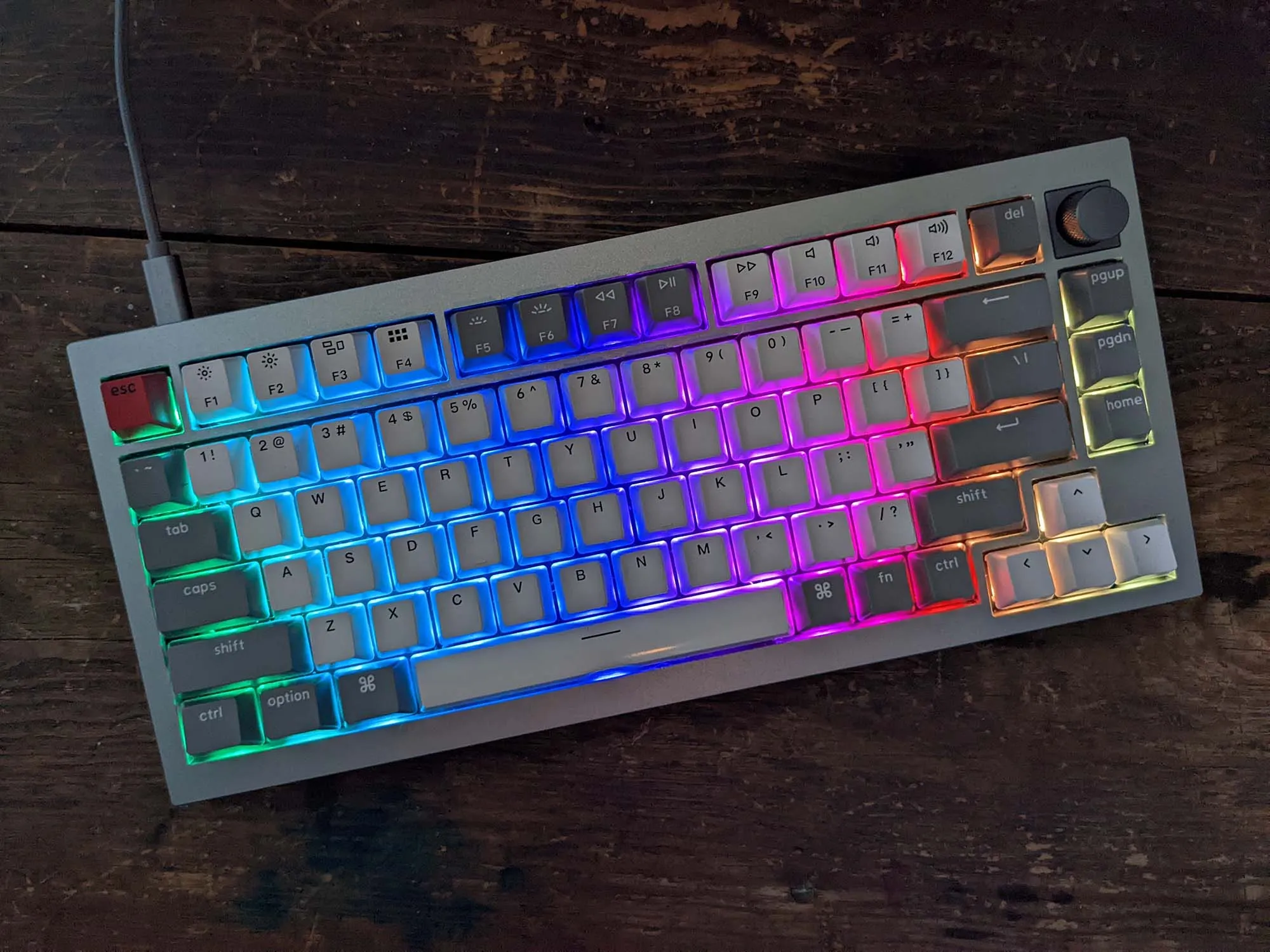 A mechanical keyboard
A mechanical keyboard
If your tasks are heavy, it is highly recommended to get an LED monitor with HDR support that supports a resolution of at least 1080p. This is equivalent to an HD TV. HDR will ensure you have above-average colour quality, depending on the monitor you choose, and the high resolution will ensure that your videos and images are very clear.
ALSO READ: 10 top Muslim bureaucrats of post-Independence India
That brings us to the end. You are now ready to boot up your own freshly ‘built’ PC and get to work, or watch a movie in pristine quality, or play video games.
